Rio Verde waterfalls
2021
Borrello, Chieti, Abruzzo. The Regional Nature Reserve and the WWF OASIS Cascate del Verde. It is a protected natural area of Abruzzo, established in 2001, which covers an area of approximately 287 hectares.
You may also like
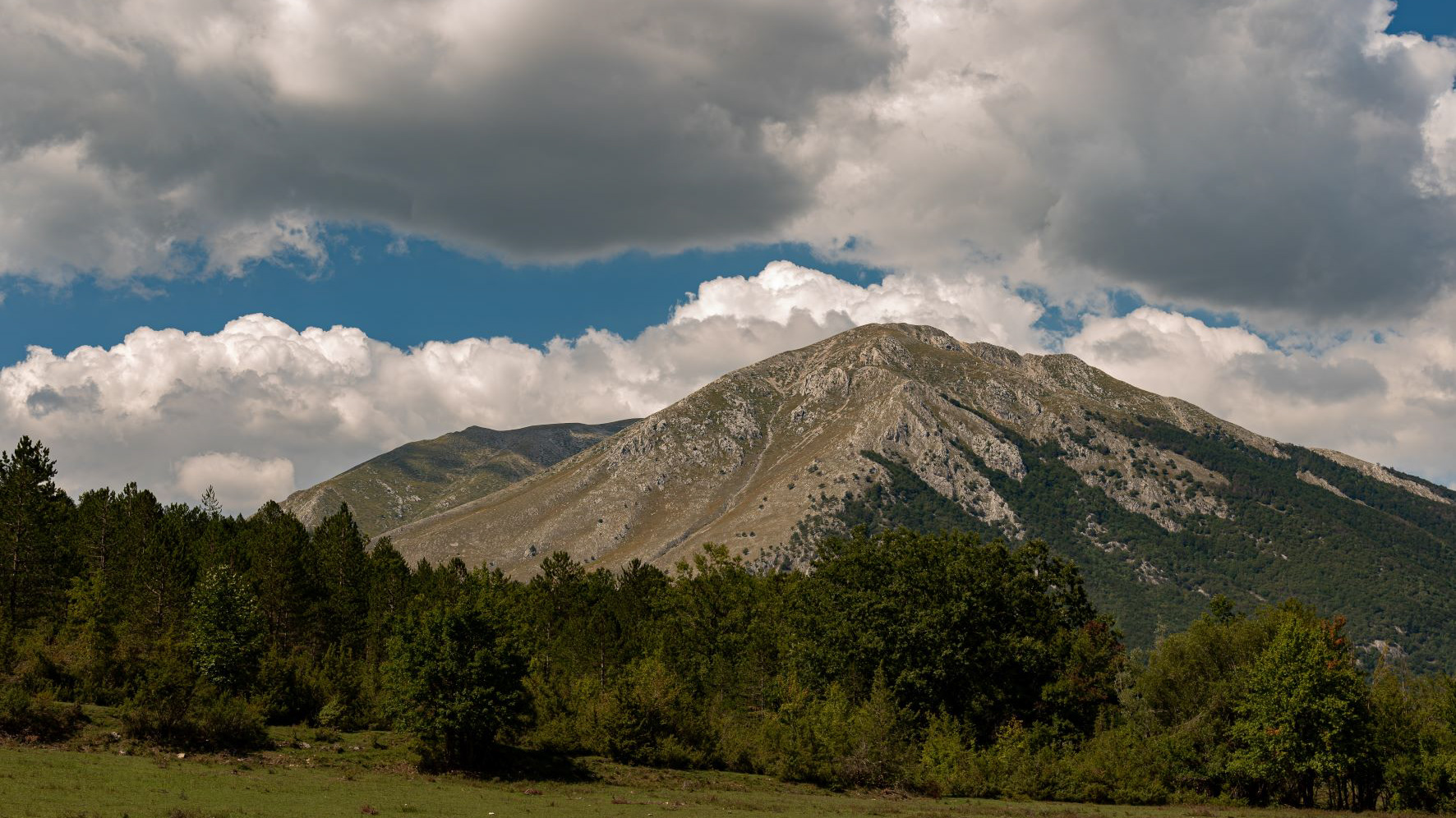
2021
National Park of Abruzzo, Lazio and Molise
The national park of Abruzzo, Lazio and Molise is one of the oldest national parks in Italy, officially established on 11 January 1923 by Royal decree-law including for the most part in the province of L'Aquila and the remainder in that of Frosinone and in that of Isernia.
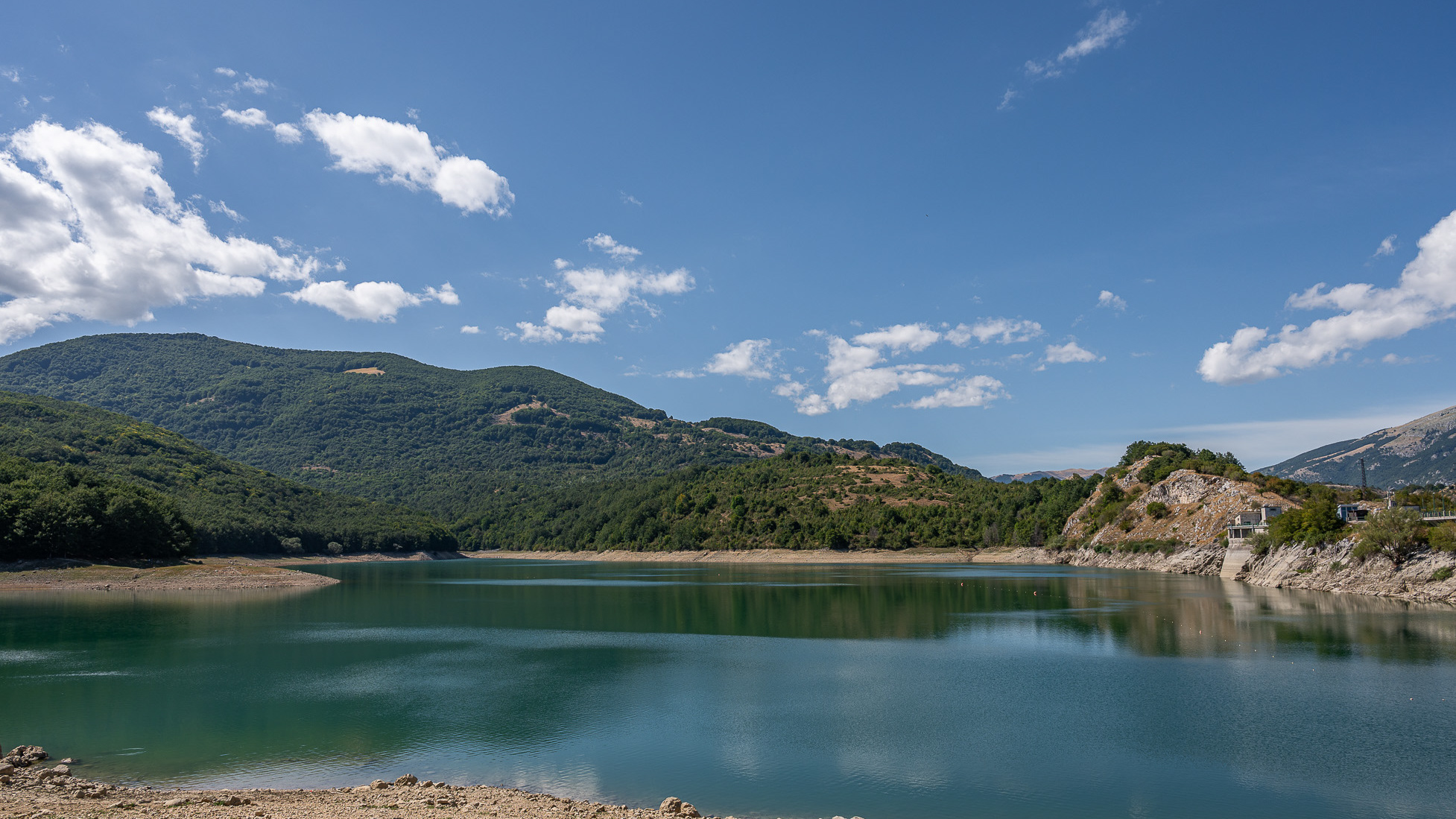
2023
Alfedena. The Montagna Spaccata lake
The Montagna Spaccata lake is a small artificial lake on the southern borders of Abruzzo. It is located entirely in the province of L'Aquila, in the municipality of Alfedena.

2025
Crecchio. Parish Church of the Most Holy Savior
The church has a beautiful baroque brick-clad facade, with a portal surmounted by a broken tympanum and a rectangular window above, and is crowned by a circular tympanum with an oculus.

2022
Isola del G. Sasso d’I. San G. dell'Addolorata
The sanctuary of S. Gabriele dell'Addolorata is a sanctuary of the Catholic Church located at the foot of the Gran Sasso d'Italia, in the municipality of Isola del Gran Sasso d'Italia.
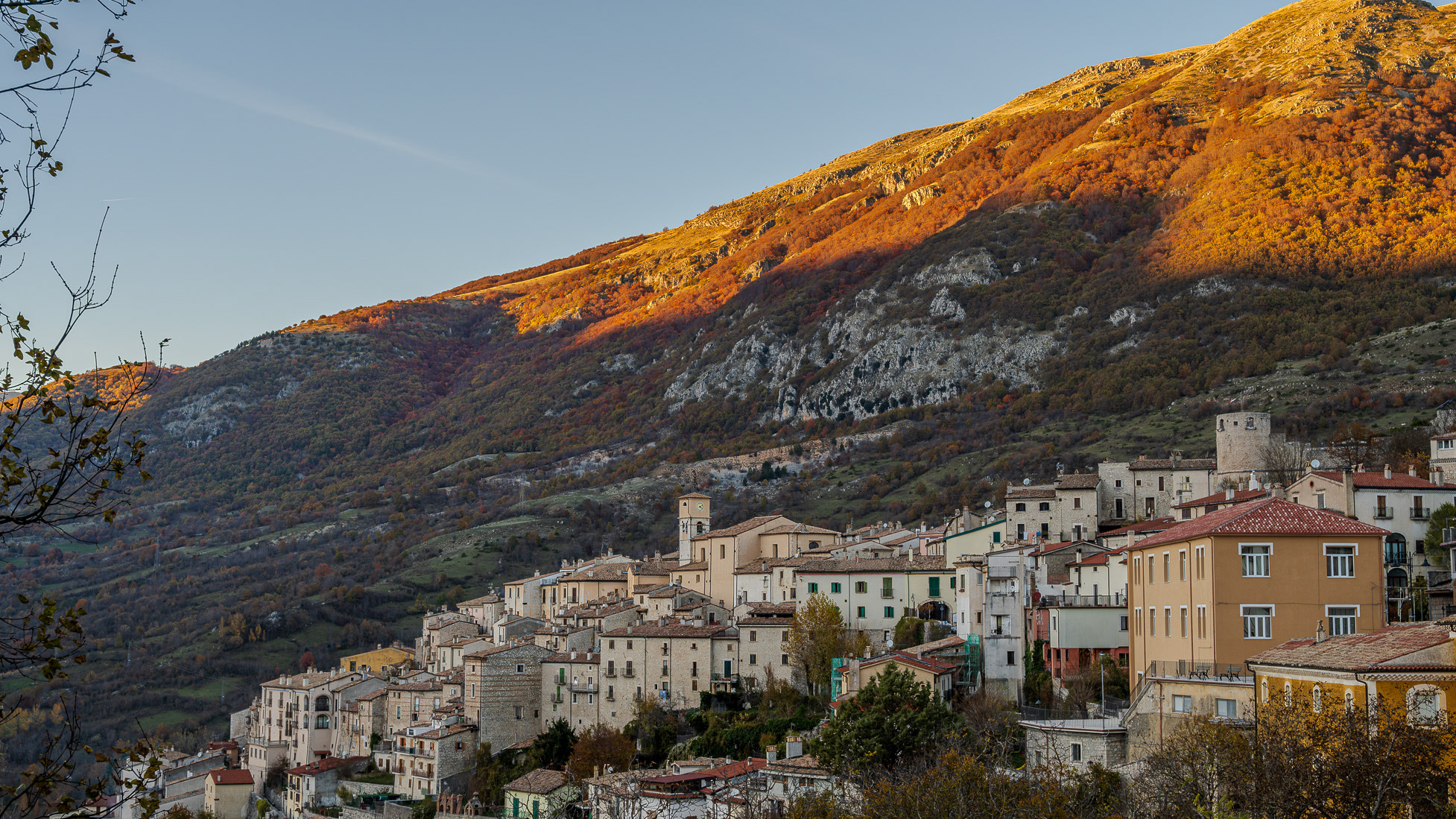
2023
Barrea and its lake. Glimpses of autumn
Barrea (Varréa in Barreano dialect) is an Italian municipality of 705 inhabitants in the province of L'Aquila in Abruzzo. Located in Alto Sangro, it is a tourist resort thanks to the presence of the lake of the same name and the national park of Abruzzo, Lazio and Molise. Barrea is located in a mountain area belonging to the Alto Sangro basin and Lake Barrea. The inhabited center, located at an altitude of 1,060 m above sea level, occupies a protrusion at the eastern end of the lake enclosed by the steep sides of the Meta mountains to the south and Mount Greco to the north. The lake was created in 1951 by damming the Sangro river and is used for the production of electricity. The Barrea Lake Wetland, managed by the Abruzzo Lazio and Molise National Park Authority, has been on the list of areas covered by the Ramsar Convention since 1976.
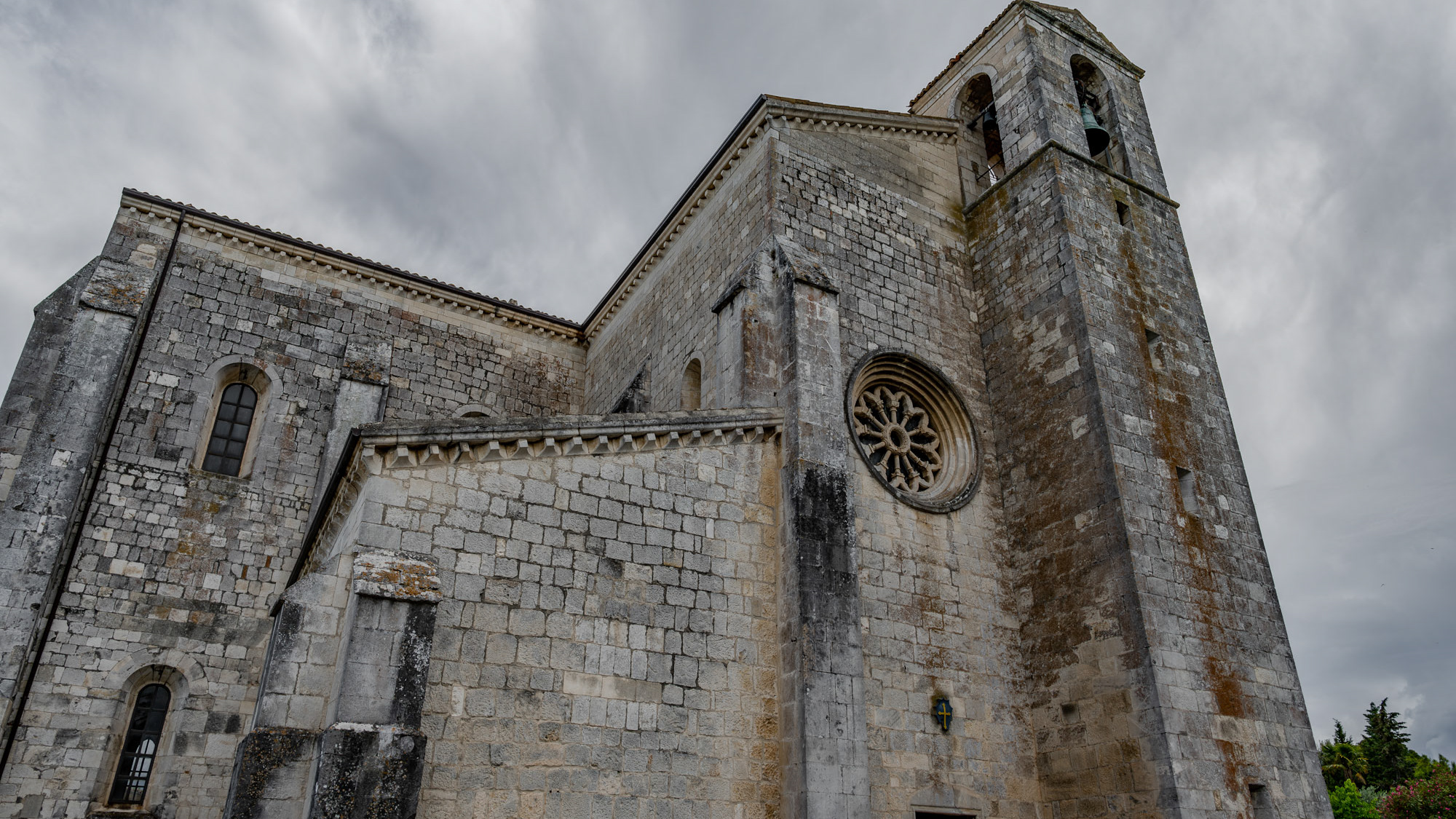
2024
Manoppello. Abbey of Santa Maria Arabona
Santa Maria de Arabona is an abbey dating back to the end of the 12th century located in the hamlet of the same name in the municipality of Manoppello (PE), declared a national monument in 1902.
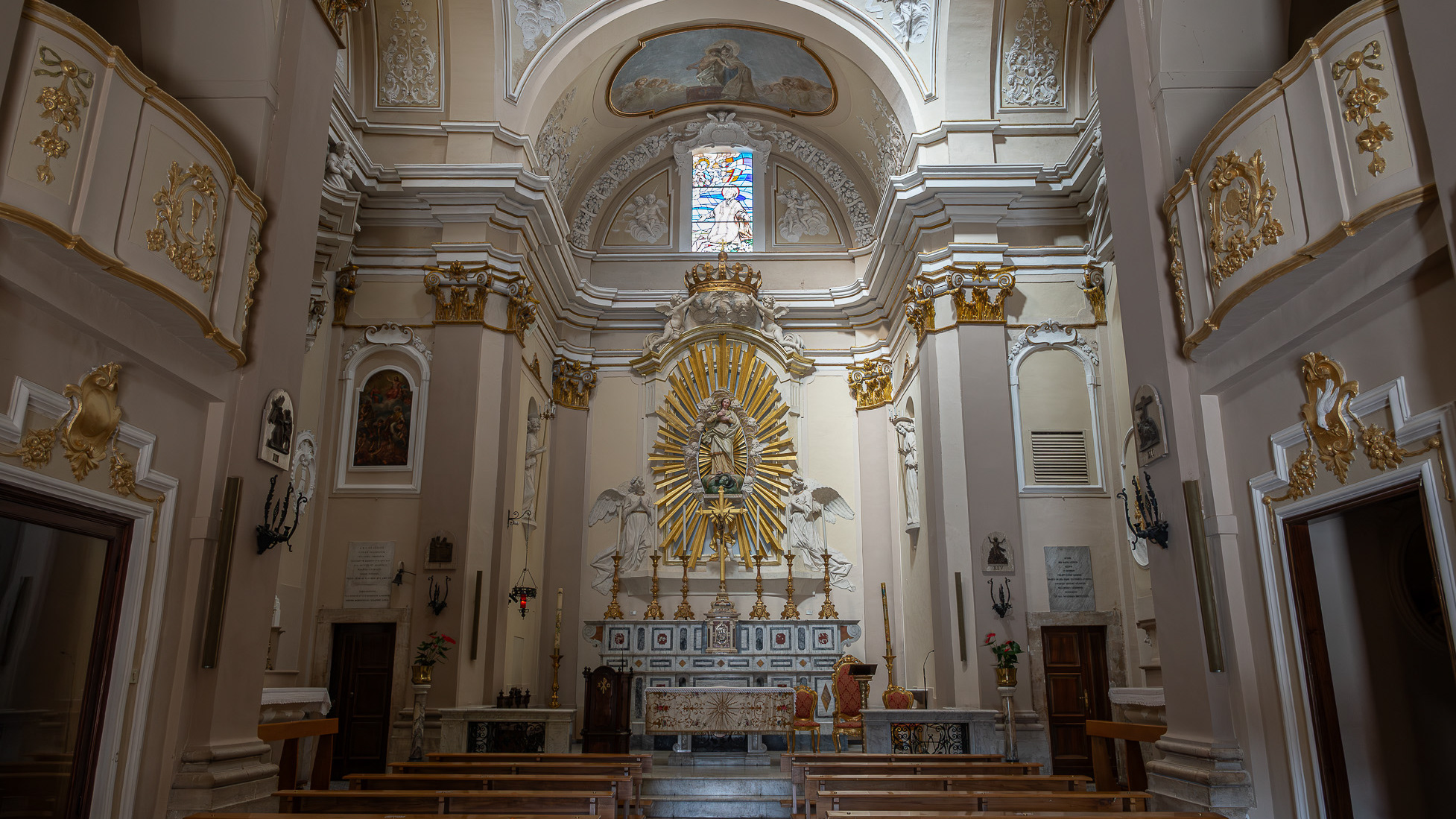
2023
Sulmona. Church of San Filippo Neri
The construction of the church and oratory of San Filippo Neri began in the mid-17th century and was completed in 1677. However, in the beginning the congregation was based - together with that of the Jesuit Fathers - in the church of Sant'Ignazio , located in Piazza XX Settembre and no longer existing today; only later did it move to Piazza Maggiore - the current Piazza Garibaldi - within the lively and populous Borgo Pacentrano. The earthquake of 1706 forced a reconstruction of the complex, which Baron Giambattista Mazara magnanimously took charge of between 1785 and 1794, deserving the commemorative plaque placed on the right wall of the church; the adjoining convent had to assume considerable decorum, so much so that in 1796 it was even able to host King Ferdinand IV of Bourbon on a visit to the city. In 1799, with the suppression of the Filipino order, the Fathers left the city and the sacred building, abandoned and reduced to profane use, was transformed into an oven and also used for military purposes. Likewise, the oratory, confiscated by the Royal Property, had various uses and today is the headquarters of the Command of the Guardia di Finanza. Only in 1920 did the church regain its religious use, becoming the seat of the parish of Sant'Agata. From here the traditional demonstration of the Madonna fleeing into the square begins on Easter morning, the joyful conclusion of Holy Week in Sulmona.

2024
Castel Castagna. The church of Santa Maria di Ronzano
The church of Santa Maria di Ronzano stands on a hill in the Mavone valley. The building belonged to the abbey monastic complex of the Benedictine order who also had the convent here.
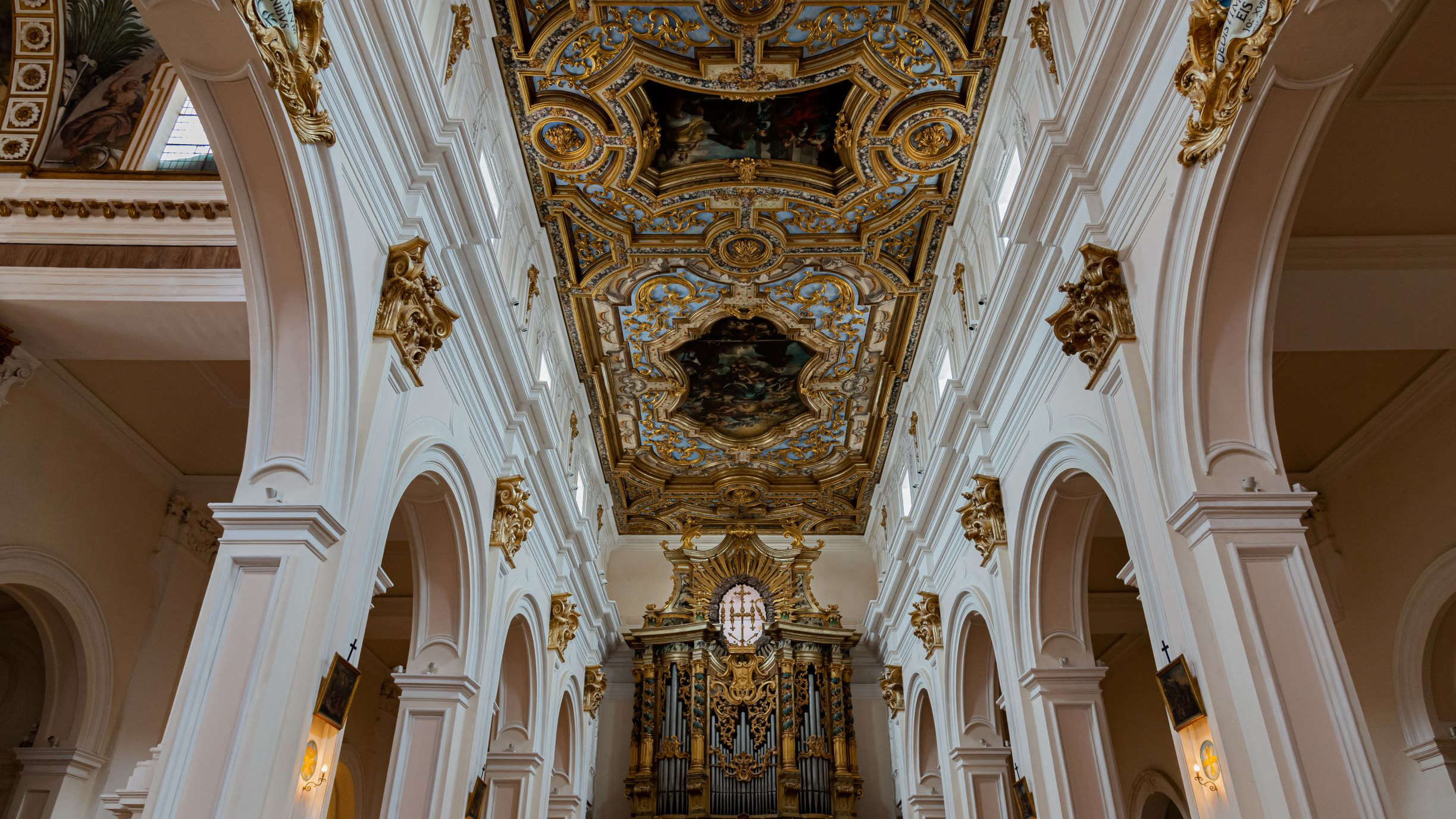
2020
L'Aquila. Basilica of San Bernardino - 2019
The church of San Bernardino is located at the end of the homonymous and scenic staircase, in the historic center of L'Aquila, about 600 m from the Spanish Fort. The construction of a church that worthily guarded the remains of San Bernardino da Siena (1380-1444) - the persuasive preacher of the Order of the Friars Minor who died in L'Aquila and proclaimed a saint in 1450 - was strongly desired by the influential friar Giovanni da Capistrano. At first the conventual friars opposed the construction of the church, however the works were started and completed between 1454 and 1472. The earthquake of 1703 seriously damaged the church, which was renovated according to the stylistic and architectural methods of the time. In 1946, at the behest of Pope Pius XII, the church received the honorary title of minor basilica.
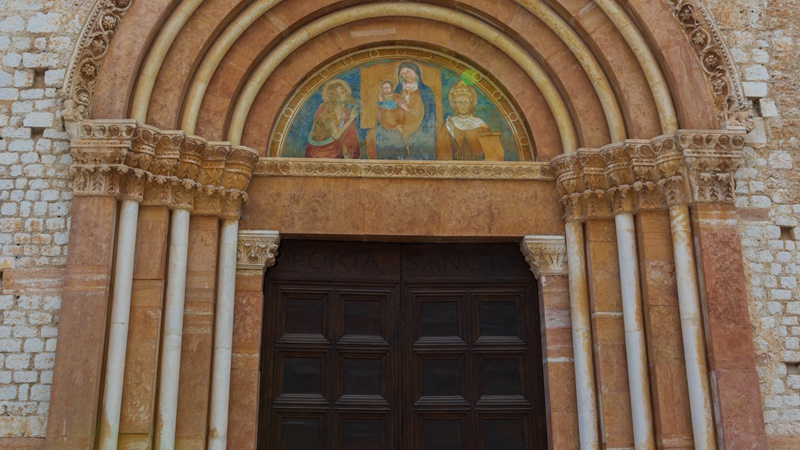
2018
L'Aquila - Basilica of S. M. di Collemaggio
The basilica of Santa Maria di Collemaggio is a religious building in L'Aquila, located just outside the city walls, on the hill of the same name. Founded in 1288 at the behest of Pietro da Morrone - crowned pope here with the name of Celestino V on 29 August 1294 - it is considered the highest expression of Abruzzo architecture, as well as the symbol of the city and was declared a national monument in 1902. Since 1327 houses the remains of the pontiff, currently preserved inside the mausoleum of Celestino V, built in 1517 by Girolamo da Vicenza, master of Andrea Palladio. It is the seat of an annual jubilee, the first in history, established with the Bull of Forgiveness of 29 September 1294 and known as Perdonanza Celestiniana; therefore, it is characterized by the presence of a Holy Door on the side facade. The church, which boasts the title of minor basilica together with the fellow citizens San Bernardino and San Giuseppe Artigiano, has been remodeled several times over the centuries mainly due to the damage caused by frequent earthquakes and presents a mixture of different architectural styles. Following the 2009 earthquake, it was subjected to consolidation and restoration works which ended in 2017.
